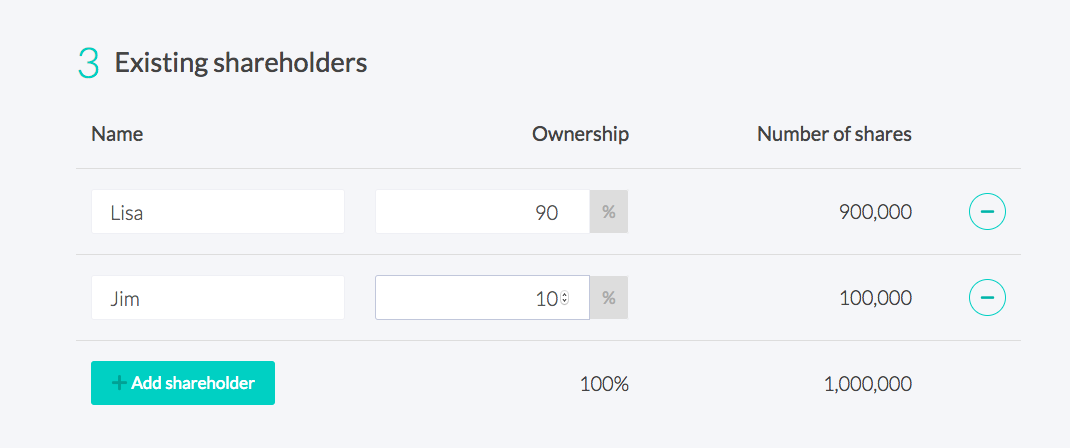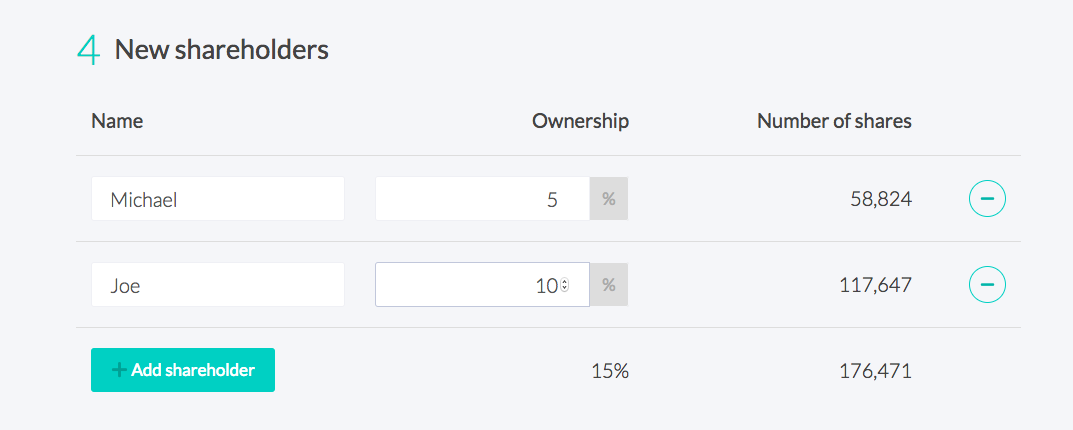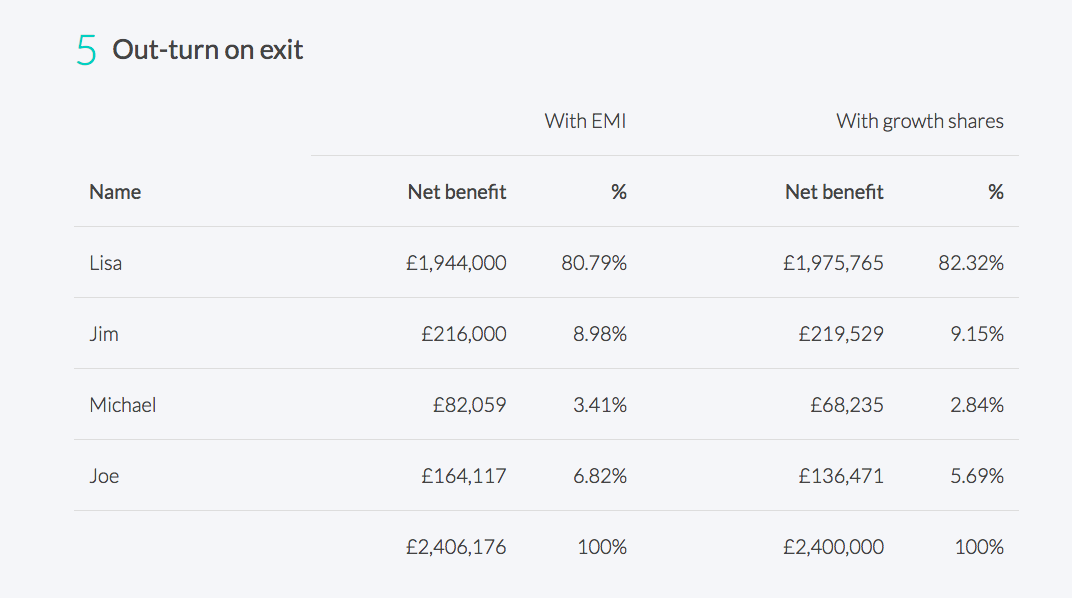EMI, Unapproved Options & Growth Shares: What's right for you?
Last updated: 6 February 2024. EMI options, unapproved share options and growth shares all have their benefits, but one may be a better fit for your...
Manage your equity and shareholders
Share schemes & options
Equity management
Migrate to Vestd
Company valuations
Fundraising
Launch funds, evalute deals & invest
Special Purpose Vehicles (SPV)
Manage your portfolio
Model future scenarios
Powerful tools and five-star support
Employee share schemes
Predictable pricing and no hidden charges
For startups
For scaleups & SMEs
For larger companies
Ideas, insight and tools to help you grow

Last updated: 23 November 2023.
There are many different ways to share ownership. EMI options are the most tax-efficient for your employees. Growth shares, however, can be a great shout for other members of your team, like freelancers, contractors, and advisors.
If you’re using two different types of share schemes, how will the net benefits work out for each team member? It can be tricky to work out.
That’s why we’ve created the EMI vs growth shares calculator, so you can quickly and simply compare the net benefit for your shareholders.
You start with an estimate of the business value today and assume a future exit valuation (you are allowed to dream at this stage, but more helpful to be objective).

Enter the total number of shares you’ve issued, and your hope premium. The ‘hope premium’ is the marginal uplift on your valuation of shares at the time of issue.
This is to make sure HMRC are comfortable that no tangible value has been transferred without being taxed (typically 5–20%). The calculator will then quickly work out your current share price and what the hurdle price would be for growth shares.

Just pop in their name and percentage of ownership. The calculator will tell you what that means in terms of number of shares.

Same details as existing shareholders but for your lucky new ones.

This is the magic bit. From the information you’ve added the calculator has worked out the net benefit for each recipient for both EMI and for growth shares. So you can easily see which one works out best for your shareholders.

If you want to learn a bit more about the different options first I’ve laid out some more information.
His Majesty’s Government has also recognised the power of shared ownership and put together the Enterprise Management Incentive (EMI) scheme.
The scheme not only allows you to reward your employees with share options with massive tax advantages but also allows you to offset the cost against any exit proceeds.
If you’re sharing ownership with your employees, an EMI scheme makes a lot of sense. Find out if your company qualifies for EMI today.
But as you’ll know, it’s not just employees who help you build your business. Today’s modern, agile teams are a mixture of employees, advisors, freelancers, non-exec. directors and others.
How do you ensure they all (or at least those you think it’s appropriate for) have “skin in the game” without it costing you an arm and a leg?
One of the best solutions I’ve found is growth shares (or flowering shares), especially where you believe your business has the potential to more than double in value.
When you give someone a growth share, you are giving them a share of the increase in value of the business from its current value. So there is no tax liability on receiving them, and no dilution of the existing business for the existing shareholders.
You are giving a share of what they help you grow from that point forward. For them, it’s like joining at the start of a business because the shares, unlike ordinary shares or options at this point, have no tangible value for tax purposes.
You can make the growth shares conditional on certain performance from the recipient if you wish, but I’ll leave that for another blog.
While growth shares are great, they don’t compete share-for-share with the benefits you get from EMI, but they’re still pretty damn good.
See how the relative benefits compare using this simple comparison calculator we’ve put together. Then, talk to one of our equity specialists to get your EMI scheme or growth share scheme (or both) underway.

Last updated: 6 February 2024. EMI options, unapproved share options and growth shares all have their benefits, but one may be a better fit for your...

Sharing ownership with your team can be a superb way to align interests, incentivise performance and build a culture of shared success. It's a way...

If you’re looking to incentivise or reward someone with a stake in your business, who isn’t on the payroll (and therefore doesn’t qualify for EMI...